It was funny. At least that’s what I told myself.
A few days before Mother’s Day this year, my four-year-old daughter proudly presented me with a gift she’d made at preschool: a hand-painted plate, a card and a sheet of paper entitled “All About My Mum”. With her teacher, she’d filled in the answers to a series of questions and statements about me. They ranged from charming (“I love it when my mum… reads to me”) to hilarious (“My mum is aged…16”).
And then came the line: “My mum’s favourite food is…” – after which my daughter’s preschool teacher had diligently written: “wine”.
Well.
Over the next few days, I vacillated between viewing the Mother’s Day quiz as mildly amusing – the kind of anecdote my friends would love – and deeply exposing.
The truth was that over the years my drinking had, indeed, crept up. In my twenties I’d never have dreamed of drinking, solo, during the week. But by my thirties, a nightly glass of wine after the children had gone to bed had become the norm, and, over time, one glass every night had become two, and sometimes more.
Over the years, I’d tried alcohol-free nights and even, once, dry January. But it never stuck – and besides, I didn’t, honestly, see a major problem. If I tossed and turned at night, or found myself mindlessly scrolling social media – disinclined to do much more after several glasses of wine – it didn’t seem intervention-level bad. With the exception of my husband, who periodically encouraged me to cut down, my family and friends never seemed to notice. But apparently my daughter had.
So, the following month I gave up alcohol for 30 days – thinking the break would allow me to recalibrate my relationship with wine (and perhaps lose a few kilos in the process). After I while, I hardly missed it. At work events I felt virtuous, sipping on sparkling water, and at home I discovered a new sense of positivity and lightness without the nightly internal battle over whether or not to drink (following by the creeping sense of self-loathing when I inevitably did). But while I stuck to weekend drinking for a few weeks afterwards, I soon slid into old habits.
At work events, I felt virtuous, sipping on sparkling water
Across Australia, there are tens of thousands of women just like me grappling with their relationship with alcohol. Although drinking rates across the country are lower than ever, there are pockets of what experts describe as “problematic drinkers”.
According to the 2016 National Drug Strategy Household Survey (NDSHS), women in their 40s and 50s, for example, are drinking more frequently and in larger volumes than ever – and, increasingly, many are seeking help. (Although I’m not in my 40s, I am, regrettably, not far off.)
Online abstinence movement Hello Sunday Morning says the average person who downloads their Daybreak app is a 43-year-old woman. In fact, a whopping three-quarters of Daybreak users are female, even though two-thirds of problem drinkers are men.
A whopping three-quarters of people downloading abstinence app Daybreak are women
Briony Lee, a psychologist and health coach at Hello Sunday Morning, reasons that women in their 40s – the so-called “sandwich generation” – are often dealing with the twin demands of young children and ageing parents, coupled with “jobs, husbands or partners who are also busy… and the general sense that they need to be doing more and living their best lives”. For these women, alcohol is a shortcut to stress relief.
In general, she adds that more women – and men – are turning to apps like Daybreak because there’s a growing recognition that alcohol issues and mental health problems are intertwined. “Young people in particular are starting to drink less and be more literate about their mental health, and this is filtering out into older generations who are discovering a new way of looking after themselves and socialising.” Hence the rise in the “sober-curious”: the millennial abstainers who view sobriety as just another part of their wellness journey, and who flock to alcohol-free bars to sip artisanal mocktails and “euphoric” drinks.
Millennial abstainers view sobriety as just another part of their ‘wellness journey’
I downloaded Daybreak myself a few months ago, and found that the simple act of setting up my account and answering questions about why I wanted to reduce my drinking (to be more present, positive and clear-headed) and my ultimate goal (to only drink a few nights a week and to easily stop after a single glass of wine) helped crystallise my ambitions to cut down.
I can also see how the app, which works a bit like Facebook – and lets users support each other in real-time – would be extremely helpful on alcohol-free days or for those cutting it out completely.
However, my break-through came when I read a book called Mindful Drinking by British journalist Rosamund Dean. Like me, Rosamund didn’t want to eliminate alcohol from her life entirely. “Most people don’t want to do that,” she writes. “I certainly don’t. Who wants to attend a wedding, birthday party or – God forbid – a date when stone cold sober?”
However, like me, she also struggled with moderation. “Moderation might sound deceptively simple, but it’s really far more complicated than abstinence,” she says. “Abstinence provides a clear line with no possibility of it becoming blurred. This prevents indecision around, shall I drink today? What shall I drink? How much shall I drink? Moderation involves many decisions, all of which provide an opportunity to slip up.”
According to Dean, people tend to fall into two camps: moderators and abstainers. Moderators find it straightforward to (you guessed it) moderate their behaviour, and hate the idea of depriving themselves of anything completely. Abstainers tend to be all-or-nothing types who struggle to only have a little of something.
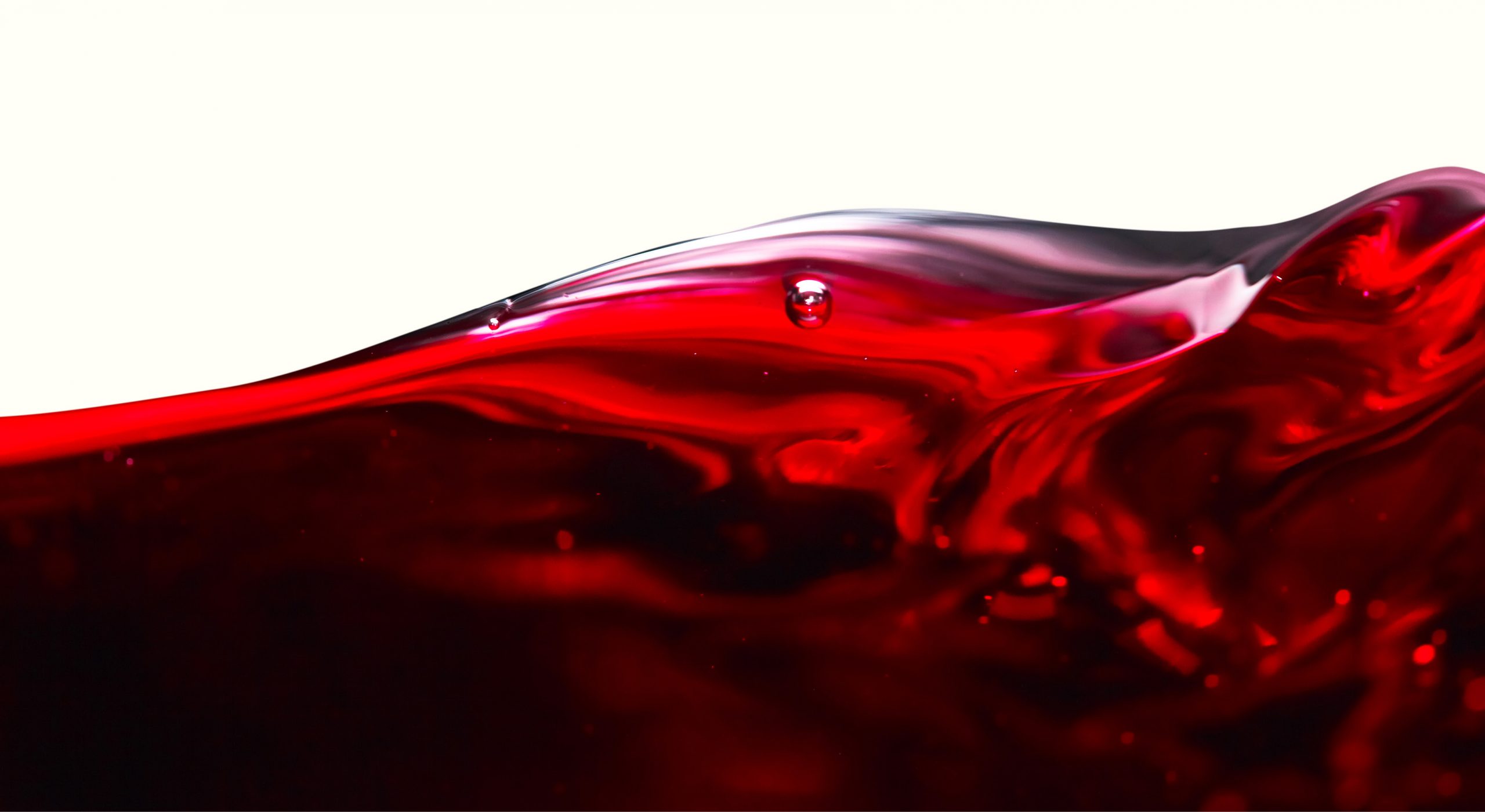
It is clear to me that I am an abstainer. I am the person who can never have just one TimTam; who will eat if food is in front of them, even if they’re full; who eats all their Easter eggs in one day; who will always have another glass of wine.
The only problem? I don’t want to abstain.
That’s ok, says wellbeing expert Gretchen Rubin, who features in Dean’s book. “If you’re an abstainer, it’s much easier to abstain completely, so a better way to think about it is ‘planned exceptions’. So you’re going to generally abstain, because trying to have half a glass of wine every night wouldn’t work for you. But you can make a planned exception.
“The important thing is to plan it in advance, so you’re in control,” she continues. “You can look forward to it and anticipate it with pleasure. You can experience it and feel good about it and, when you look back on it, you can feel that you kept your word to yourself. If you drink when you didn’t intend to… then you’ll feel you’ve let yourself down. You’ll feel like you’re not in control of yourself, and that’s a bad feeling.”
If you drink when you didn’t intend to then you’ll feel you’ve let yourself down… that’s a bad feeling
Dr Sally Hunt, a senior lecturer at the University of Newcastle, confirms the importance of planning ahead. “When it comes to alcohol you need to make a conscious choice about how much you’re going to drink in a night,” she says, pointing out that Australian guidelines recommend no more than four standard drinks in a single session. “And then really think it through, and say to yourself ‘Ok, if I’m going to the Christmas party and we get there at seven o’clock and I’m going to have four drinks, how am I going to pace myself? Maybe, for example, it’s alternating with a non-alcoholic drink.”
This feels like a plan I can stick to. Dean also suggests identifying the reasons for “mindless drinking” and, on reflection, I realise that I approach most days like a race I don’t have a hope of winning. (As anyone who has met me knows, I tend to walk fast, eat fast and, yes, drink white wine – exceptionally – fast.) I squeeze as much as possible into every working day, before rushing home to pick up my children, and then after they’ve gone to bed, I once again try to fit as much work as possible into three-hour window.
All of this, I should point out, is aided by approximately one gazillion coffees. At the end of the day, pouring a glass of wine is my signal that I can finally slow down and switch off.

The solution is simple: slow down – and cut down on caffeine. For me this means giving myself more buffer time between tasks, rather than scheduling phone calls, interviews and meetings back to back. It also means taking a few minutes to tidy up and plan the children’s dinner before I pick them up.
And if you do find yourself craving alcohol, Dean suggests that you “catch the craving, and notice it mindfully… Think ‘I want a glass of wine. Why is that?’” And then deal with the feeling at hand (which is often, in our always-on world, anxiety, she suggests).
For anyone who uses a glass of wine to signal the end of the day, Dean suggests finding a “signature soft drink” which sounds about the least exciting way to end a day I’ve ever heard. (And besides, the last thing I need in the evening is more caffeine or empty calories.)
But last week I picked up a bottle of Seedlip non-alcoholic spirit. Mixing it with tonic water in a whisky glass I felt faintly ridiculous (at $49.95 a bottle, Seedlip is not exactly cheap). But it’s refreshing and delicious, and it only takes me a couple of days to start looking forward to my evening glass of Seedlip. Or two. Or three. After all, I haven’t changed completely.




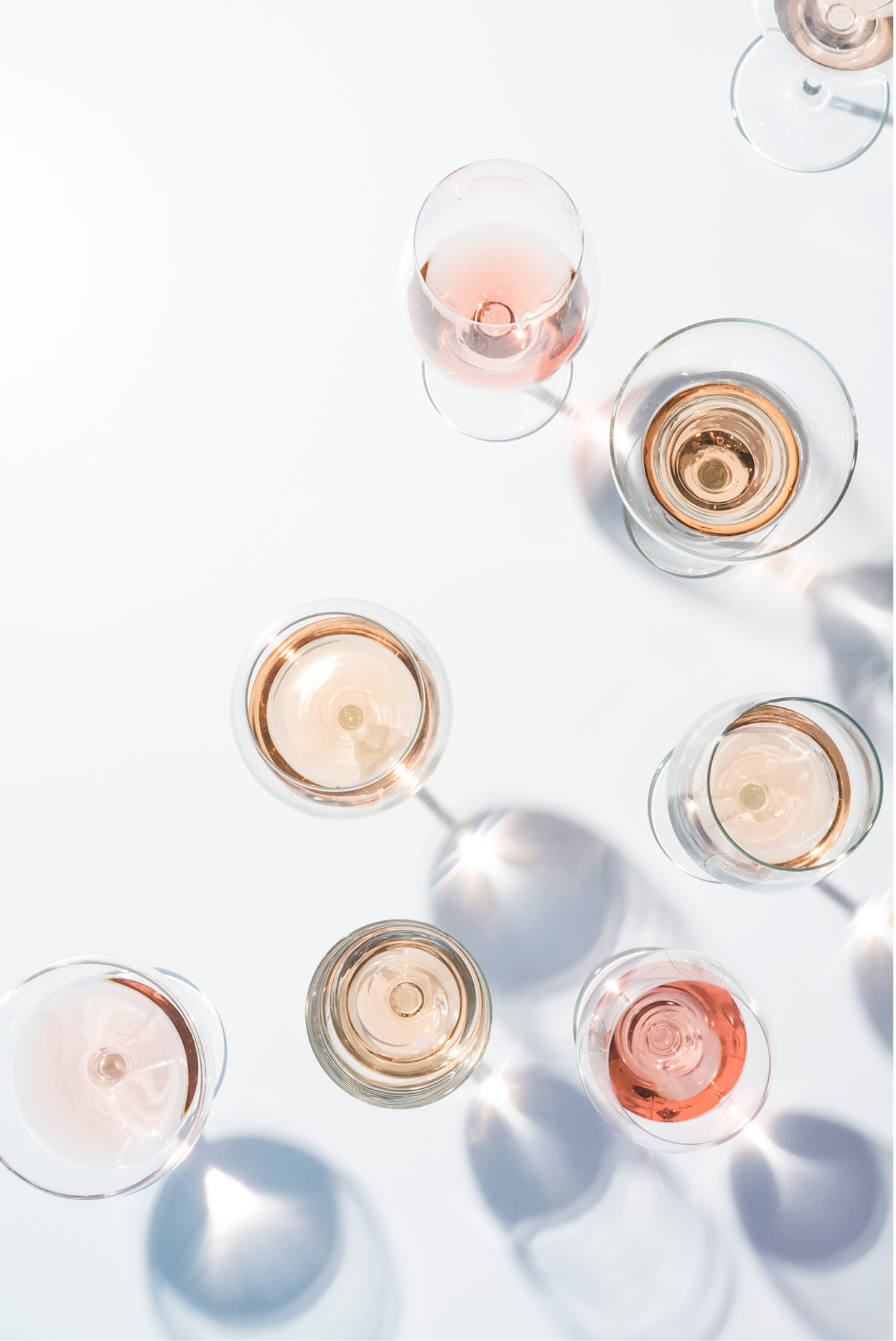

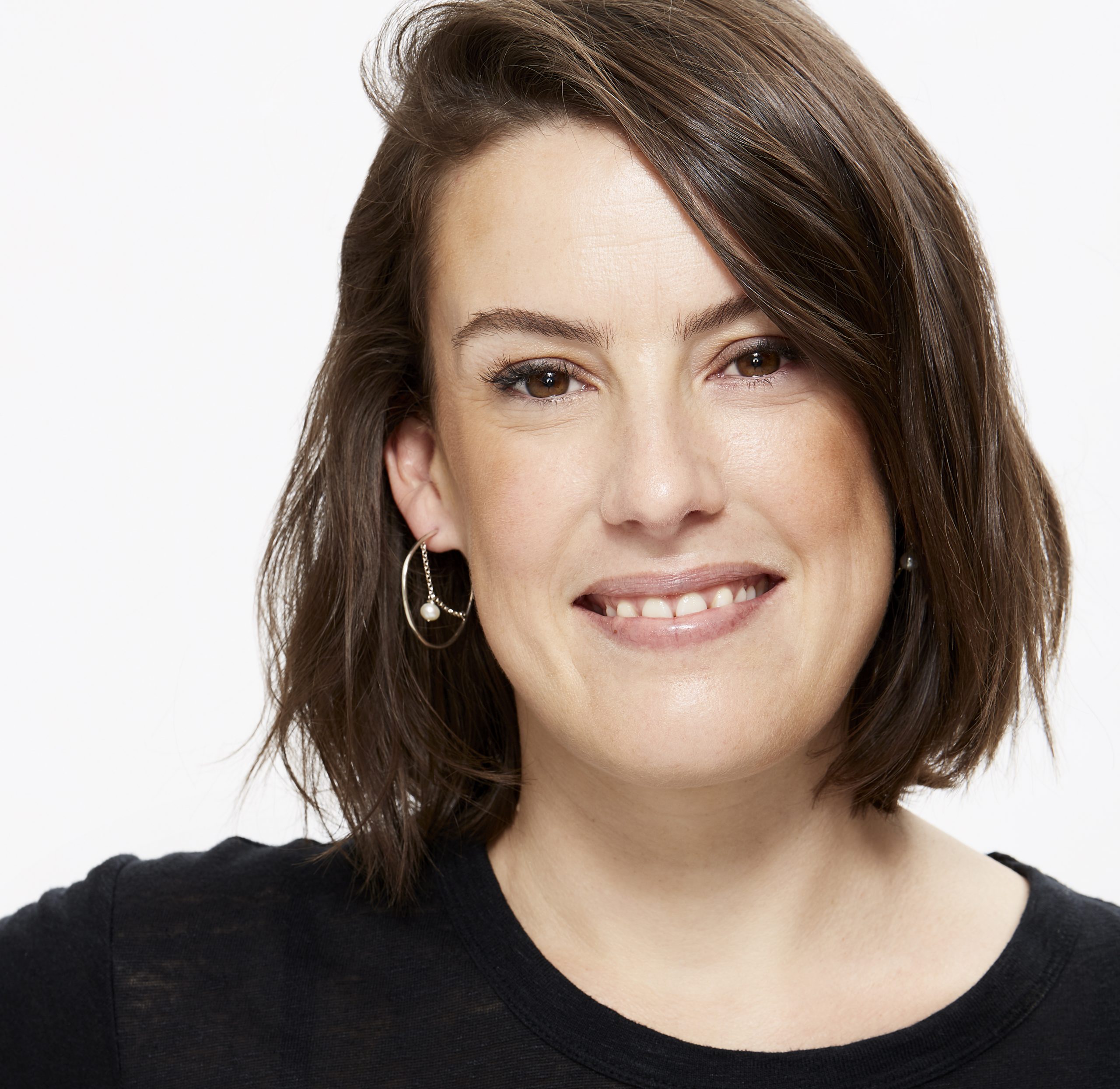

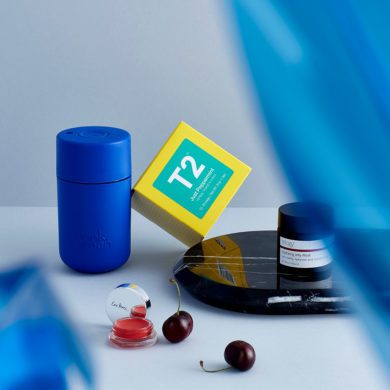
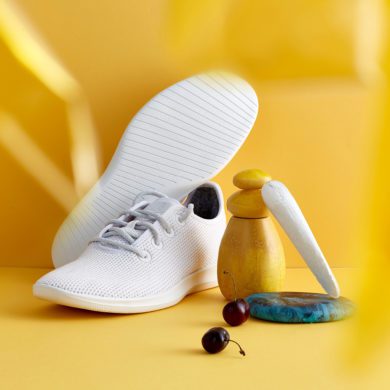
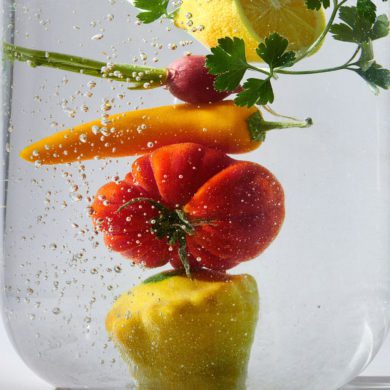
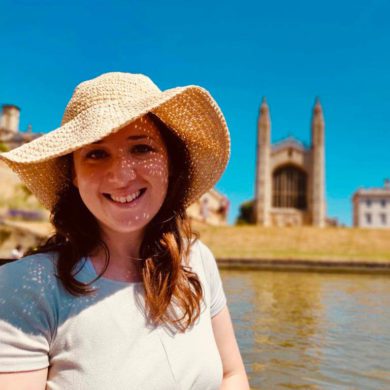
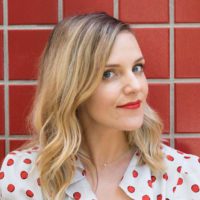

5 Comments